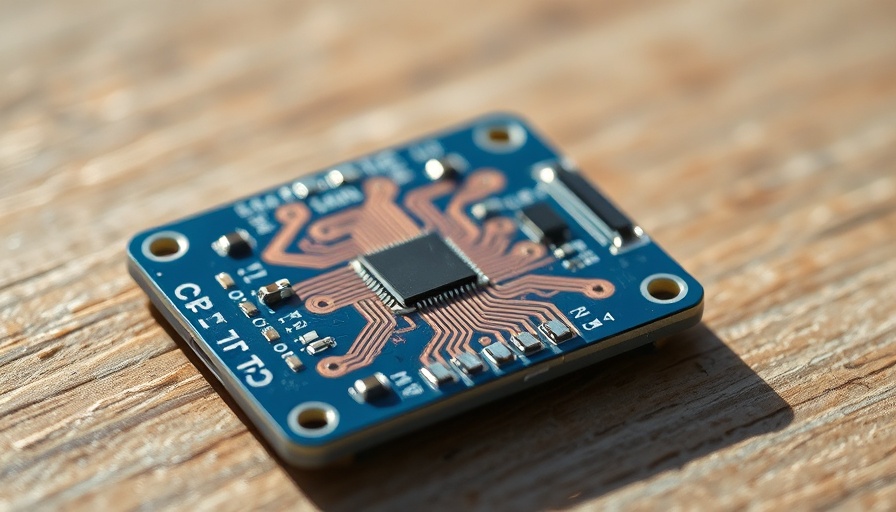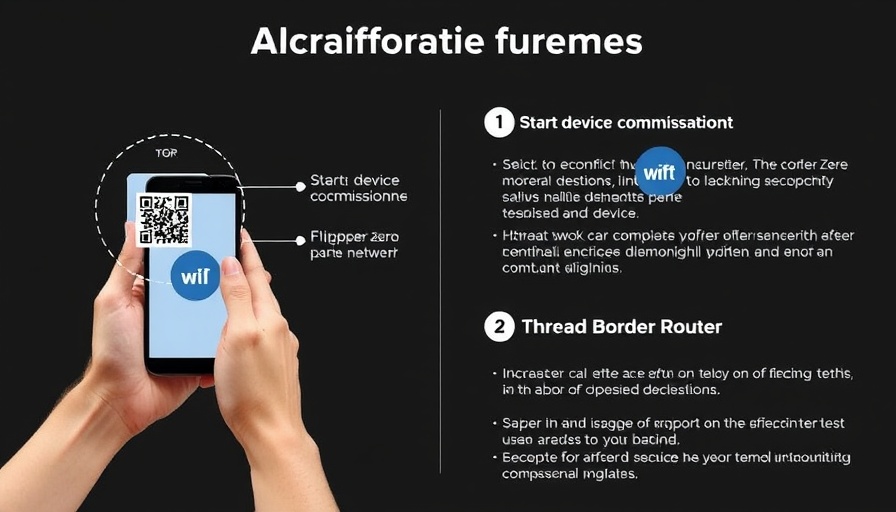
Enhancing Home Automation with Human Detection Technology
Imagine a home that not only responds to your commands, but also anticipates your needs. This is rapidly becoming a reality with the integration of human detection technology into home automation systems. With the advancements in radar technology, especially at millimeter wavelengths, detecting human presence has never been easier or more cost-effective.
The Power of Radar in Home Automation
Radar technology has been around for decades, initially revolutionizing fields like aviation and maritime navigation. However, its application in home automation is a more recent and intriguing development. Using inexpensive radar modules like the LD2410B, homeowners can add human detection capabilities to their automation systems. These devices are equipped with integrated microcontrollers and antennas, allowing them to detect whether a human is present with remarkable efficiency.
These radar modules deliver a binary output indicating human presence, while also providing detailed data via UART communication. This feature makes them particularly useful for systems like Home Assistant, which enables users to automate their household lighting based on occupancy. By expanding automation to respond to human presence, it enhances convenience and energy efficiency.
Installation Challenges and Solutions
While the hardware is accessible, integrating these modules into a home can present challenges. One common issue is the need to house the radar modules in a way that complies with its operational range. As noted by DIY enthusiast [Tech Dregs], one of the difficulties encountered was shielding the device effectively. Unlike traditional motion sensors, these radar modules struggle with solid barriers, making placement critical for optimal performance.
For homeowners, it necessitates creativity in installation—opting for thin enclosures or strategically placing the module to achieve necessary coverage without obstructions. This problem is compounded by the fact that radar signals can penetrate walls, complicating placement decisions.
Exploring Alternatives: Pulsed Compression Radar
If homeowners seek more than mere presence detection, they might consider pulse compression radar systems. This technology can enhance detection accuracy by providing precise ranging of objects, although it often comes with increased complexity and cost. Understanding your specific needs will guide whether a simple human presence detection system suffices, or a more advanced radar setup is warranted.
Broader Benefits for Smart Homes
Integrating human detection with home automation systems is not just about convenience; it also plays a crucial role in security and energy efficiency. Automated lighting triggered by occupancy can significantly reduce electricity bills, while motion-sensing security alerts can enhance safety protocols.
Moreover, such systems can be combined with additional technology, like smart thermostats and HVAC systems, to adapt heating and cooling in real time, further optimizing resource use. As California homeowners are becoming more energy-conscious, this trend aligns with the state’s goals for sustainability and efficiency.
Looking to the Future: Smart Home Integration
The advancement of smart home technology continues at a rapid pace. As radar systems become more sophisticated and user-friendly, the potential for further integration grows. For those completely immersed in the smart home ecosystem, options like the Zigbee mmWave Radar human presence sensor deliver seamless compatibility and control through smartphone applications. This holistic approach not only automates lighting but also extends to HVAC and security systems.
With an increasing variety of smart devices, the ability to monitor and manage home environments helps create a comfortable, secure, and energy-efficient living space. Embracing these technologies will be an exciting venture for those ready to leap into the future of smart home living.
Conclusion: Take Charge of Your Smart Home Experience!
If you’re curious about the possibilities of integrating human detection into your home automation system, now is the time to explore! With affordable options available and potential for significant energy savings, enhance your living environment while staying in touch with modern technological advancements.
 Add Row
Add Row  Add
Add 




Write A Comment